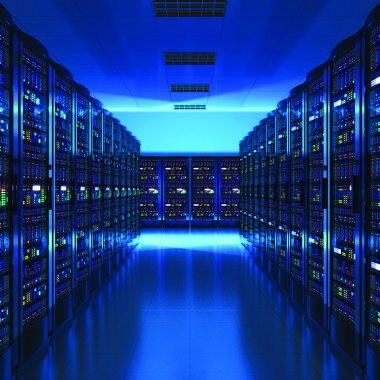US Navy photo
US Navy warships first used the SM-3 to shield Israel from Iran’s unprecedented mid-April attack, which included a mix of over 300 missiles and drones. It was then fired a second time during Iran’s massive early October barrage, during which Tehran launched more than 180 ballistic missiles at Israel.
In both cases, the SM-3 “showed its value in spades,” Tom Karako, director of the Missile Defense Project at the Center for Strategic and International Studies, told BI.
The Navy said that an unspecified number of interceptors successfully engaged Iranian missiles.
After Iran’s April attack, Secretary of the Navy Carlos Del Toro told lawmakers that the sea service needs more SM-3s to counter potential future threats in the Indo-Pacific, such as China.
“I truly believe that the SM-3s will be needed in greater numbers in the future,” Del Toro said. “I think given the future threat and our deterrence mission of the Indo-Pacific, we are going to need more SM-3s in the future.”
Why the SM-3 is so expensive
The SM-3 is an interceptor made by RTX and, for the newer Block IIA variant, Mitsubishi Heavy Industries, and it is an element of the Navy’s highly advanced Aegis Combat System.
Photo by API/Gamma-Rapho via Getty Images
RTX, the missile’s lead manufacturer, did not respond to requests for comment from Business Insider.
Analysts said that the Navy needs these weapons regardless of the cost if it is to be prepared for high-end conflict, adding that recent expenditures and plans for the arsenal are troubling.
The proposed fiscal year 2025 defense budget cut the procurement of SM-3 IBs over the next five years from 153 to zero in an effort that saved just under $2 billion. That leaves only 12 SM-3 IIAs being produced annually over the next five years. Both analysts and Navy officials say that’s not enough.
Karako said buying more interceptors would bring the price tag down per missile. “It’s like with everything else: You buy the absolute minimum sustaining rate numbers, then they’re going to be more expensive. You buy more and mass-produce them, then the cost can go down.”
A potentially massive missile fight in the Pacific
In a war with China, the Navy could find itself up against China’s Rocket Force, the crown jewel of its military, which has seen exponential growth in missile stockpiles, launchers, and capabilities over the past few years despite grappling with shake-ups and corruption scandals.
Against China’s anti-ship ballistic missiles and other threats, US warships would need a deep arsenal of SM-3s and other interceptors in the Standard Missile family, like the SM-2 and SM-6 — both of which the Navy has expended during its ongoing counter-Houthi campaign.
US Navy photo
The Navy wants increased production of SM-6s, and the newest variant is designed for more effective cruise, ballistic, and potentially hypersonic missile defense. These interceptors cost around $4 million per unit.
The “SM-3 is not the only answer,” said Macy, a non-resident senior associate with the Center for Strategic and International Studies’ Missile Defense Project. The Navy has to balance its priorities, but analysts and service leadership both recognize the need for a larger stockpile of these high-end interceptors.
“To do those harder jobs, it just costs money,” Macy said, explaining that the Navy has to pay the high costs if it’s going to be ready for the kind of warfare these missiles were made for.
For now, the most likely adversary for the SM-3 is Iranian ballistic missiles, given the ongoing Middle East conflict and the high tensions between Tehran and Israel. Still, the US is closely watching China’s growing arsenal as the threat of a Pacific fight looms.
“The SM-3 missile remains ‘mission ready’ to deter Iran or any other state actor seeking to employ ballistic missiles as part of a terror campaign,” said Tross, the Navy spokesperson.


